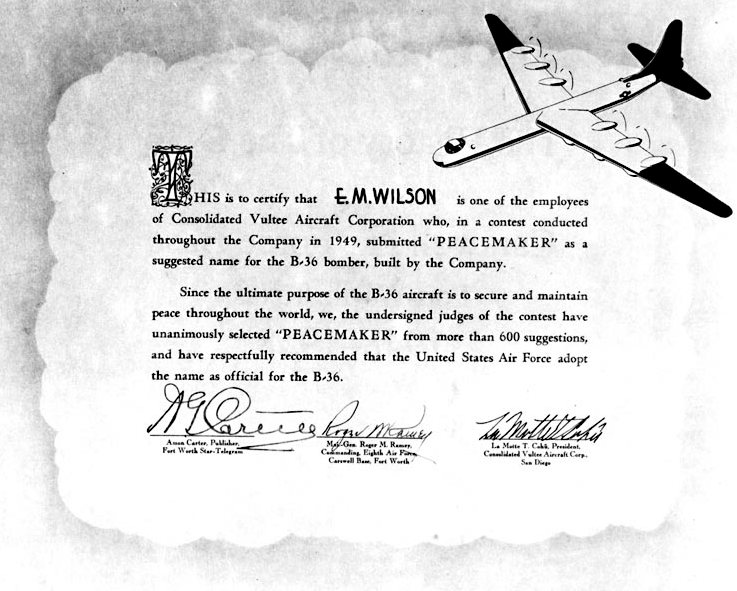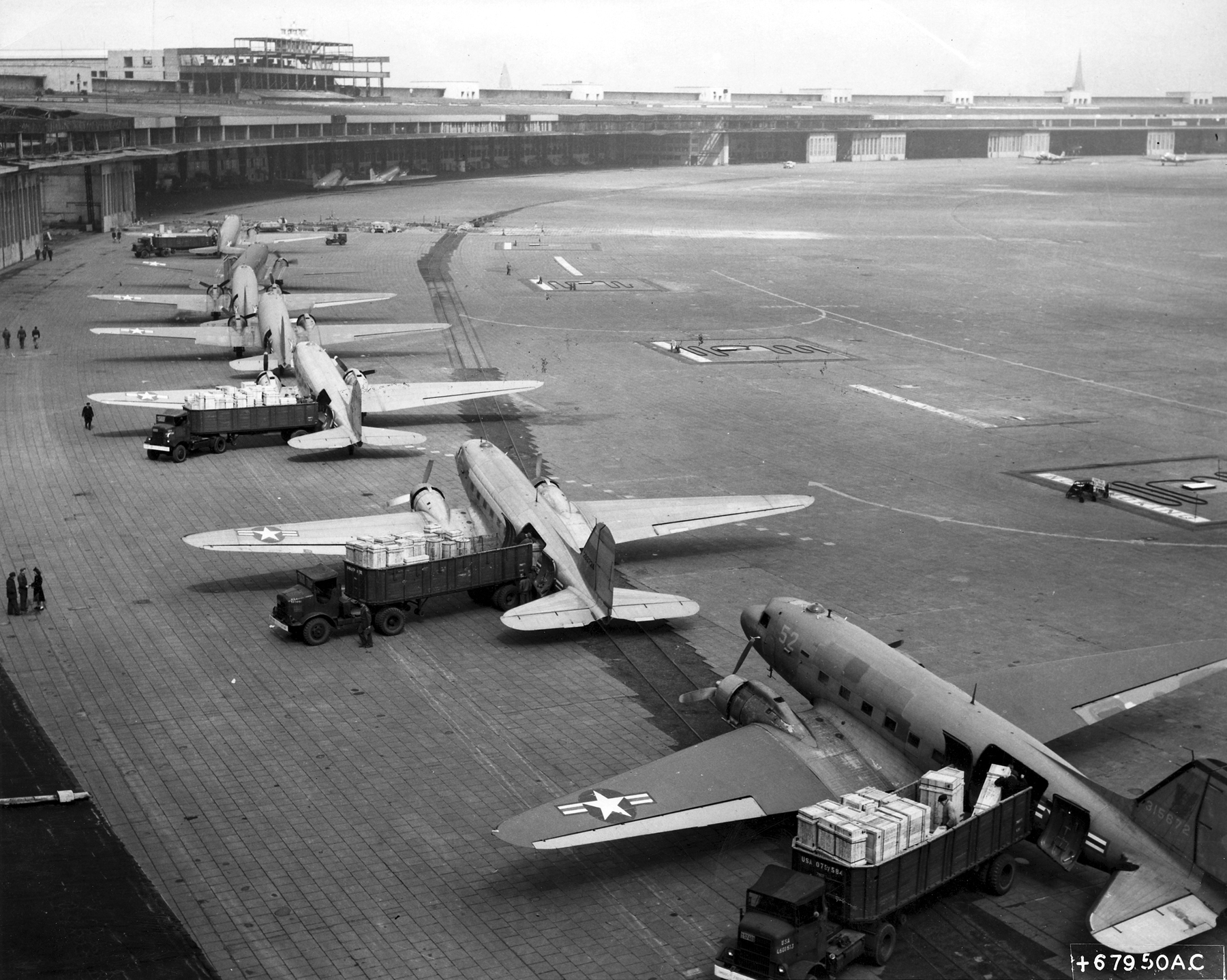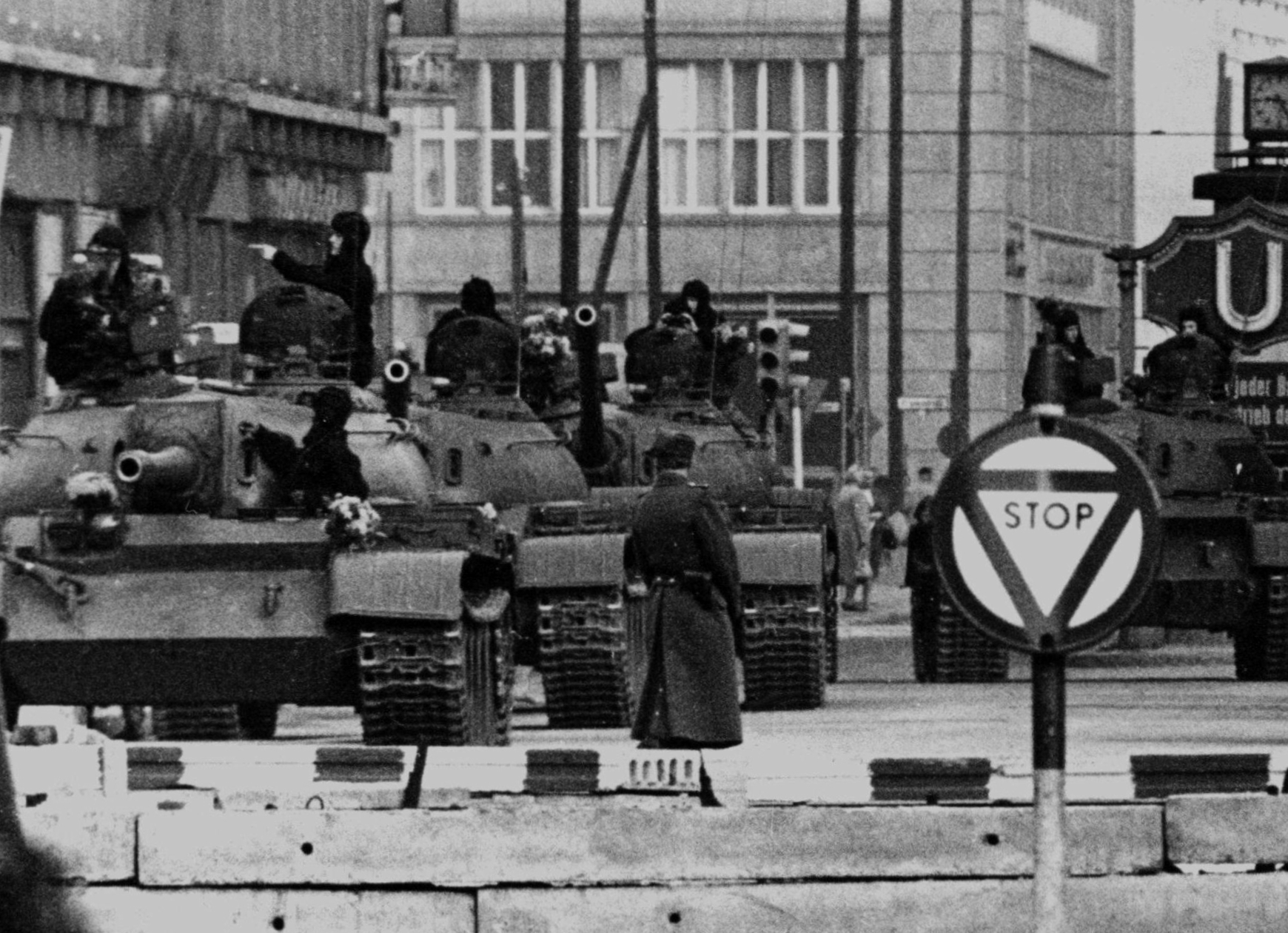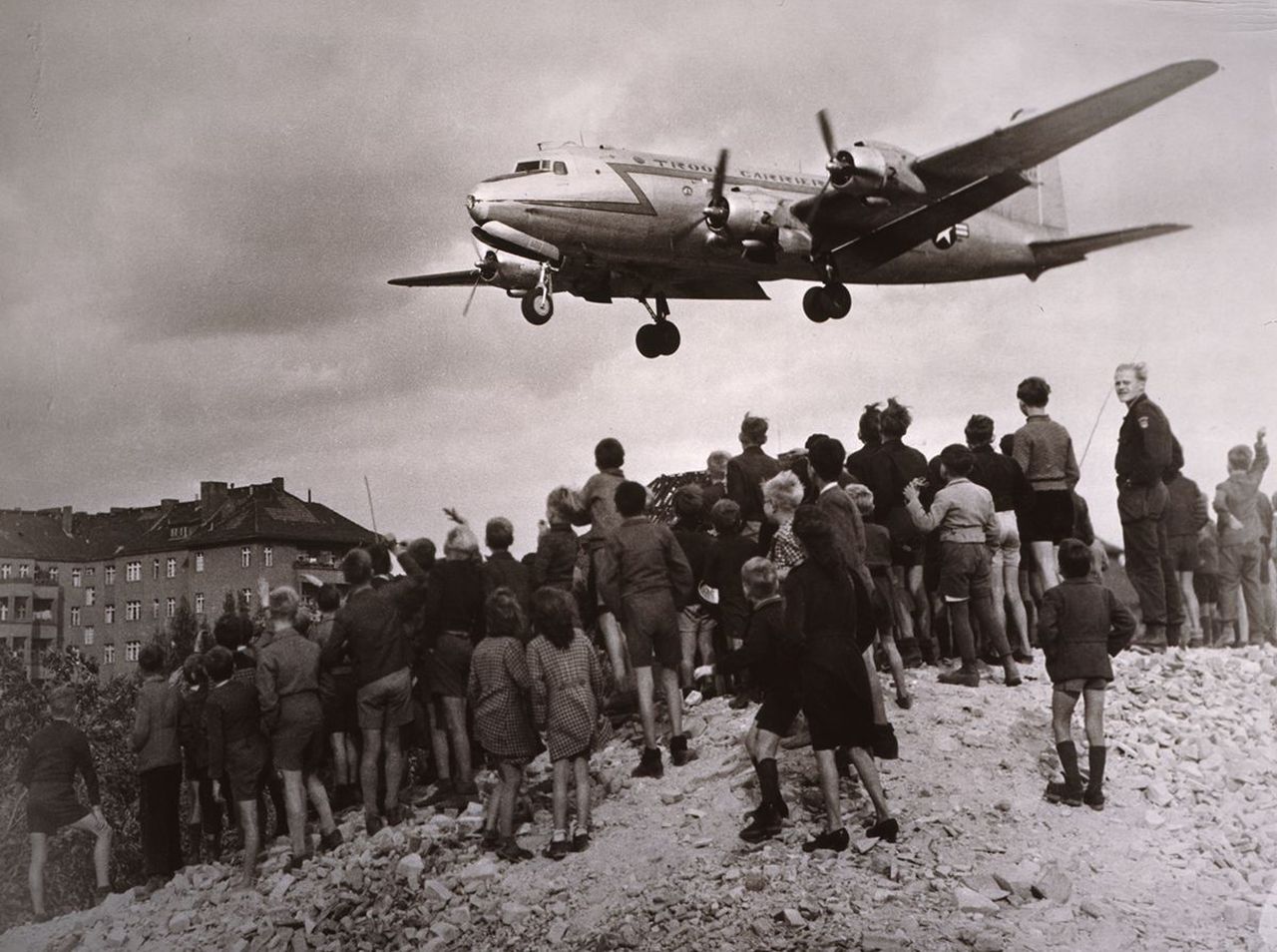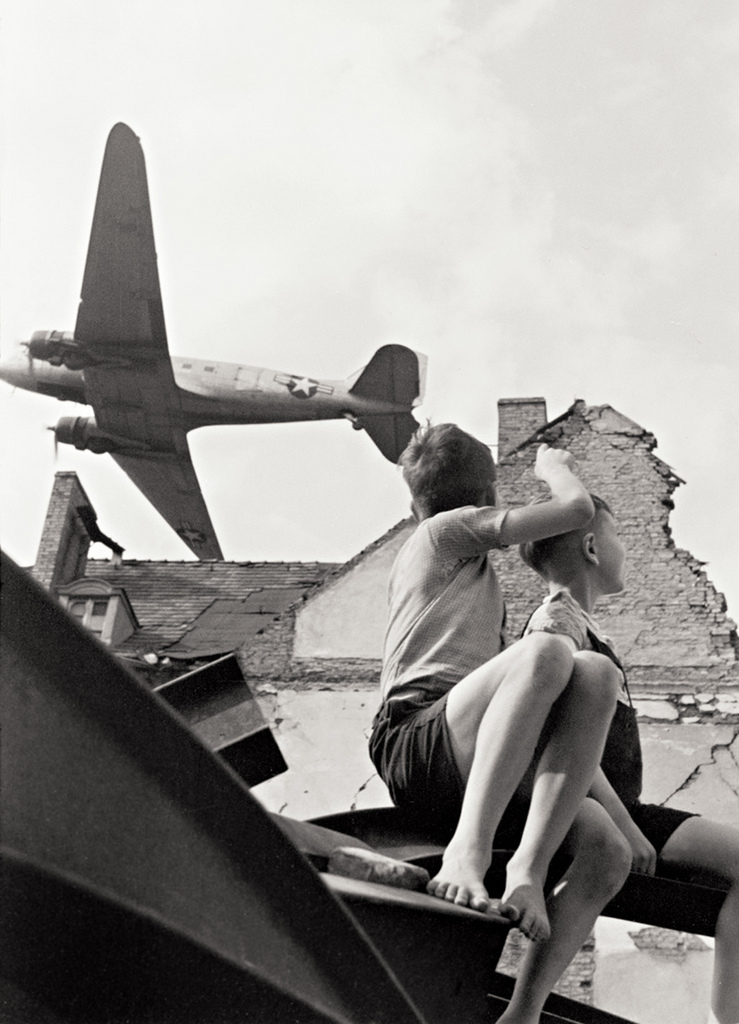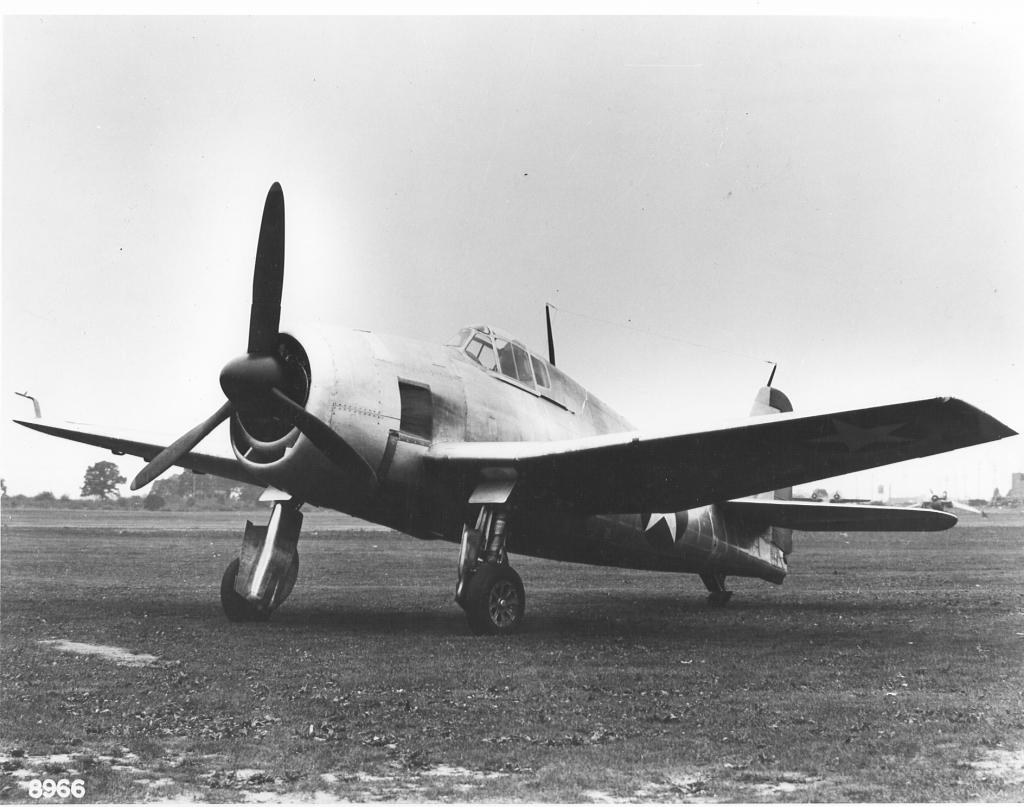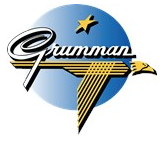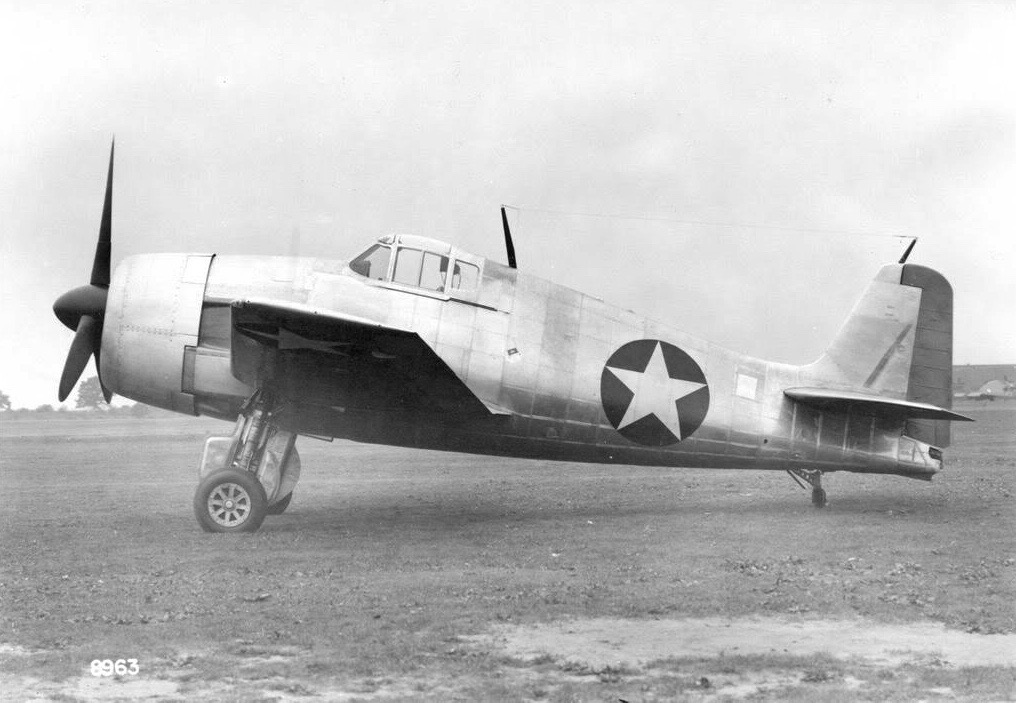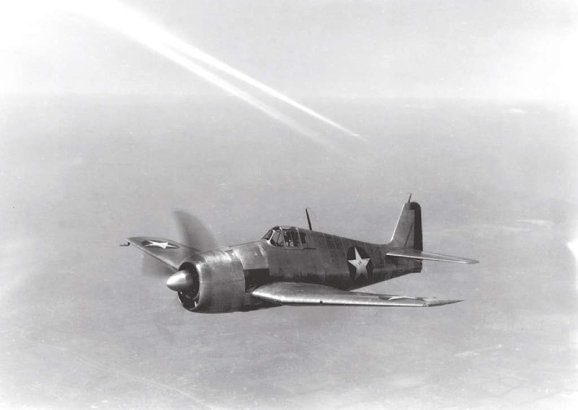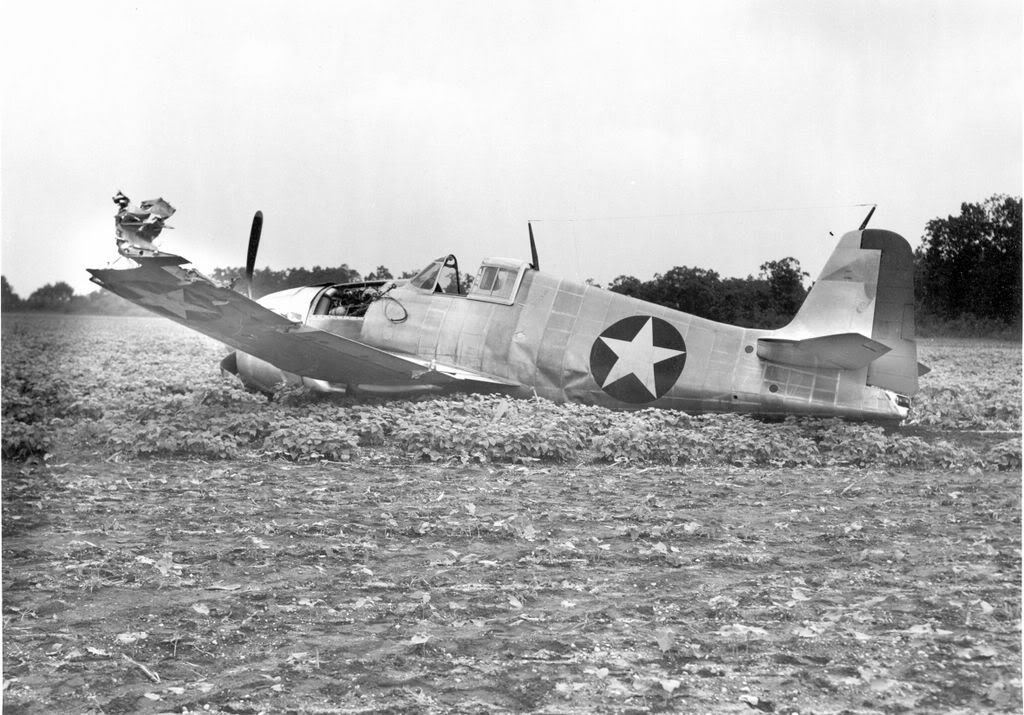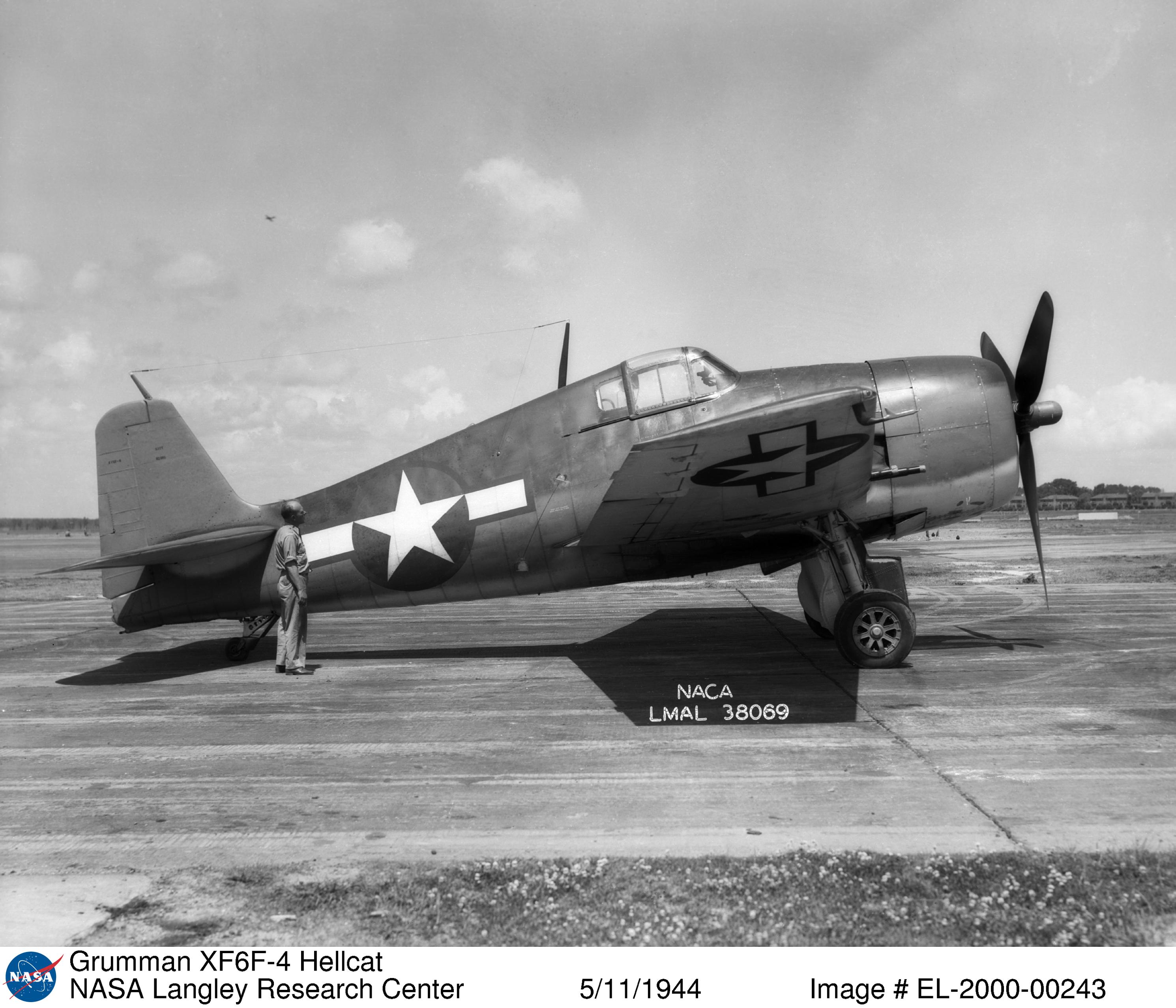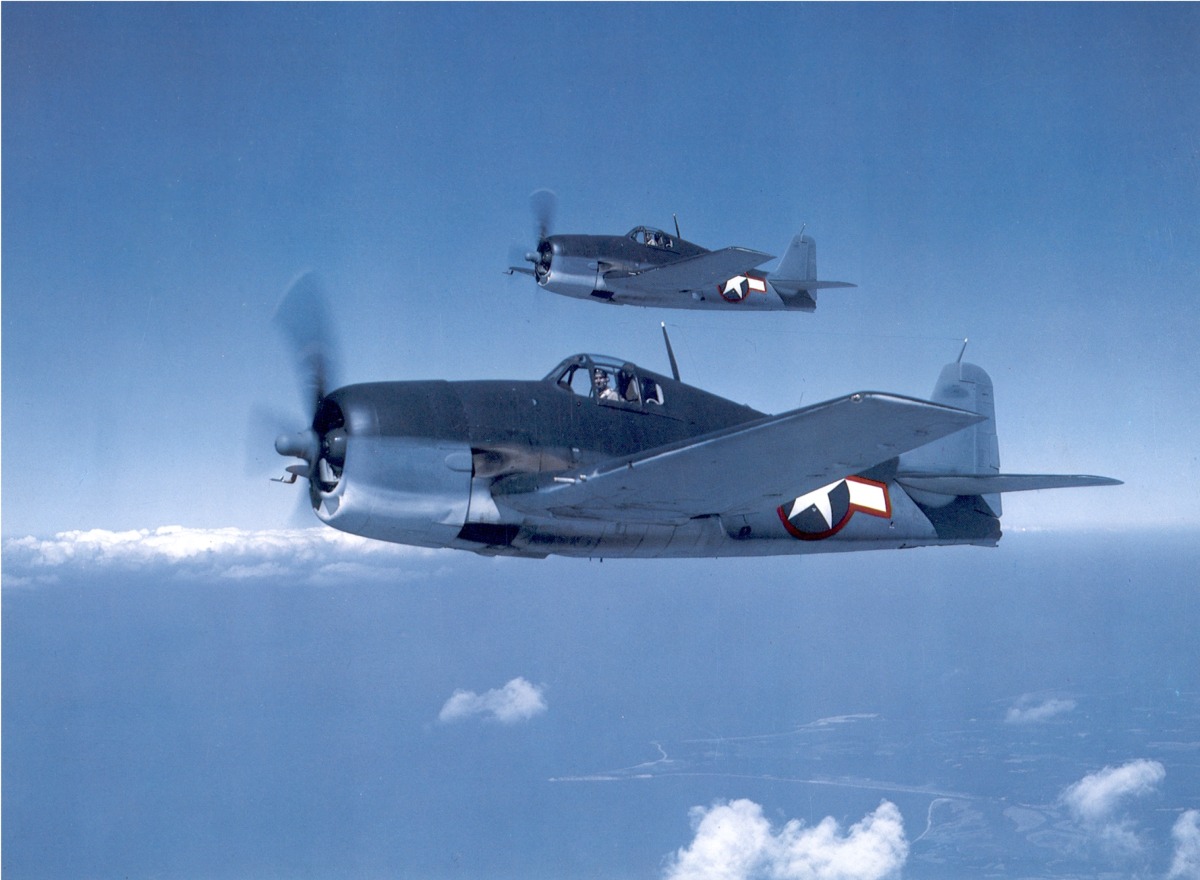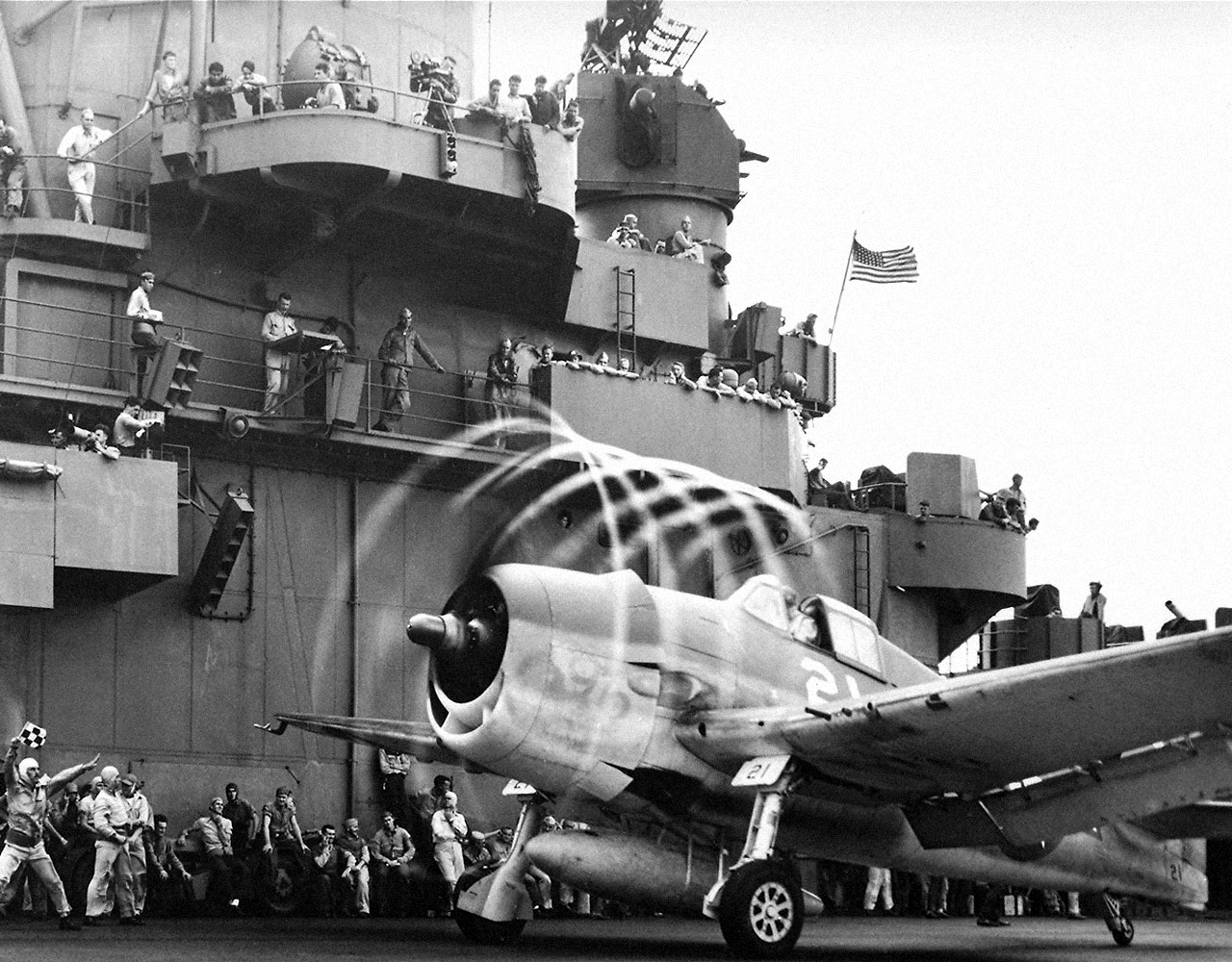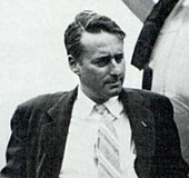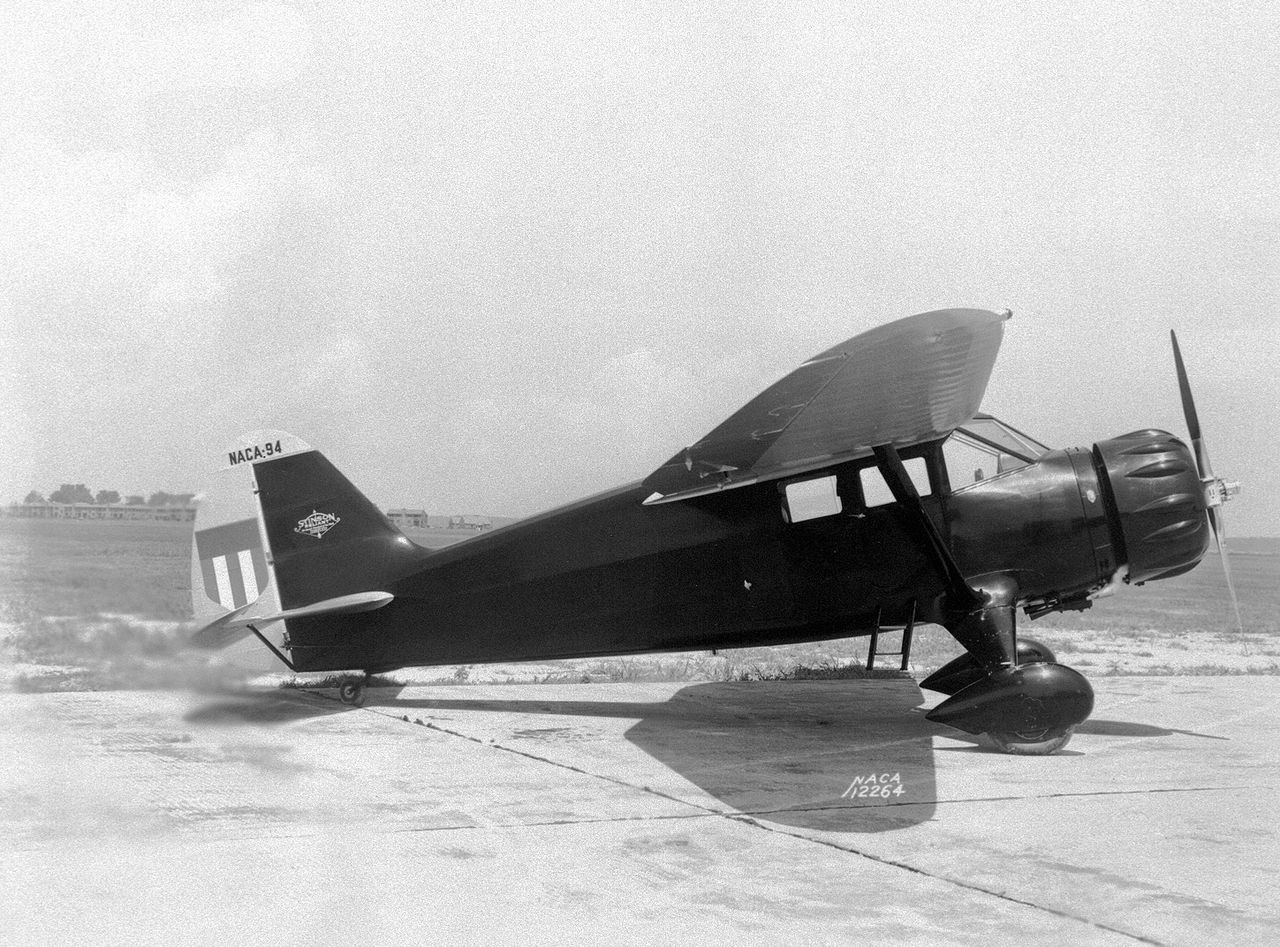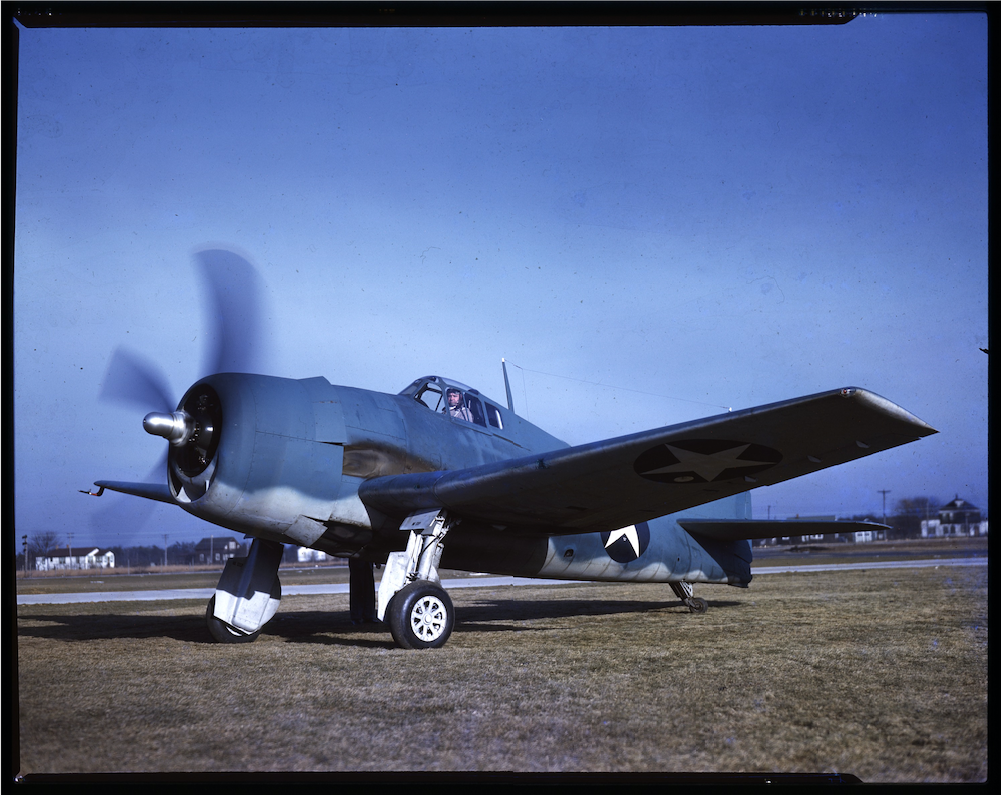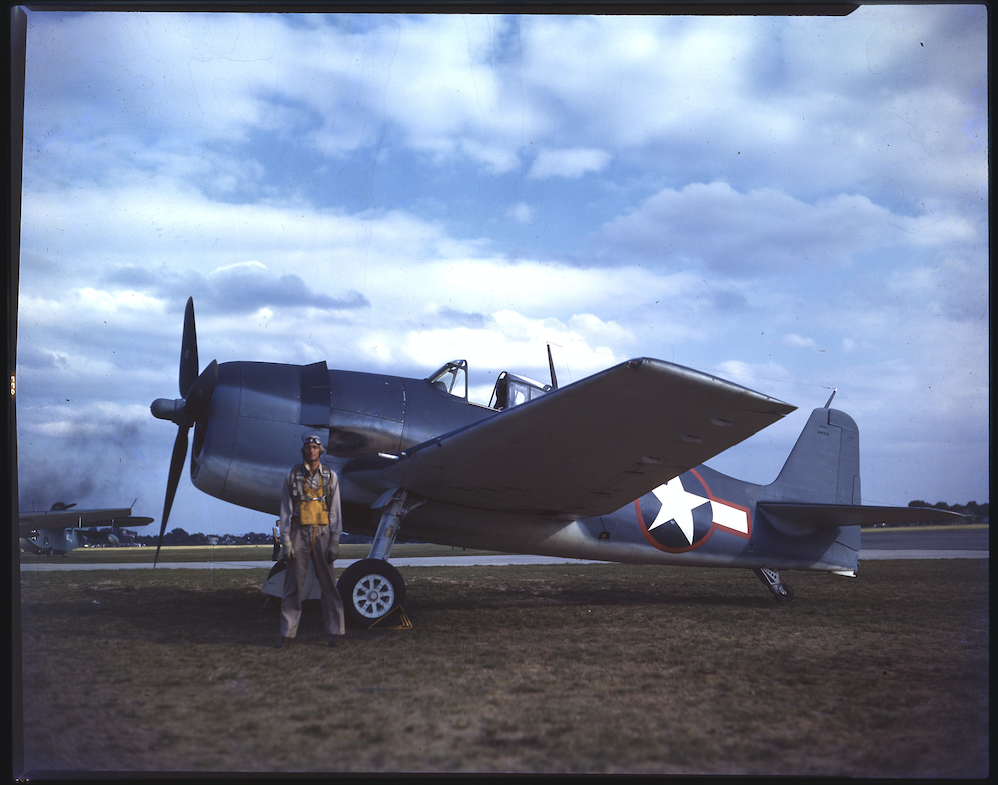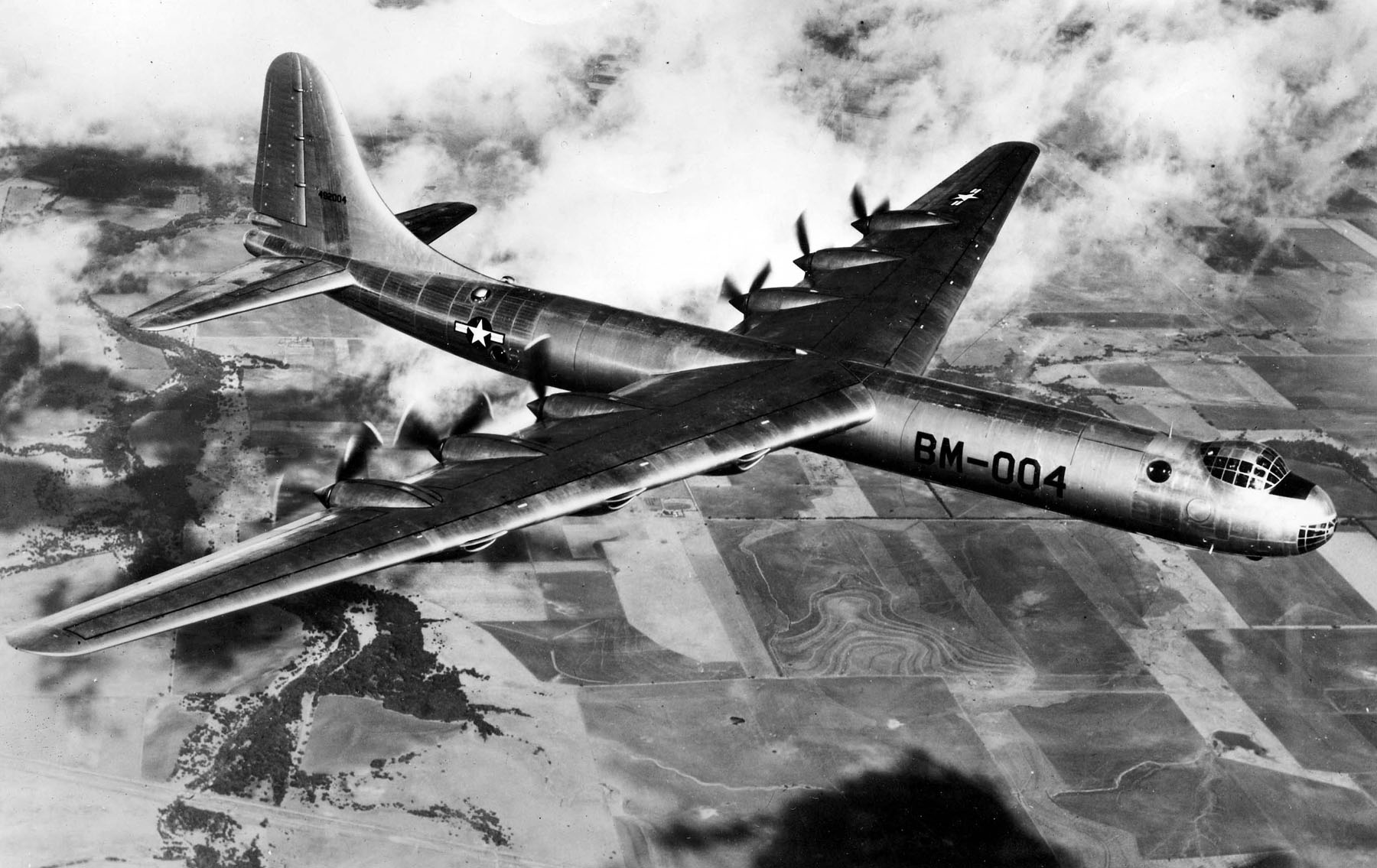
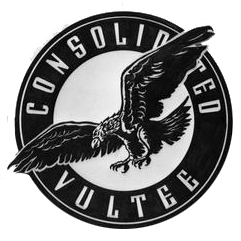 26 June 1948: The 7th Bombardment Wing, Very Heavy, at Carswell Air Force Base, Fort Worth, Texas, received the United States Air Force’s first Consolidated-Vultee Aircraft Corporation (“Convair”) B-36A, a six-engine, very long range heavy bomber. Its mission was to serve as a nuclear-capable deterrent until the Boeing B-52 Stratofortress came into service five years later. A total of 22 B-36As were delivered by February 1949. These were not armed and were used for crew training. Most were later converted by Convair to RB-36E reconnaissance bombers, beginning in 1950.
26 June 1948: The 7th Bombardment Wing, Very Heavy, at Carswell Air Force Base, Fort Worth, Texas, received the United States Air Force’s first Consolidated-Vultee Aircraft Corporation (“Convair”) B-36A, a six-engine, very long range heavy bomber. Its mission was to serve as a nuclear-capable deterrent until the Boeing B-52 Stratofortress came into service five years later. A total of 22 B-36As were delivered by February 1949. These were not armed and were used for crew training. Most were later converted by Convair to RB-36E reconnaissance bombers, beginning in 1950.
The B-36A differed from the XB-36 prototype in several areas, but two features were the most apparent: The cockpit had been completely revised and now covered by a large dome. The single-wheel main landing gear was replaced by four-wheel bogies to better spread the airplane’s weight over the runway surface.
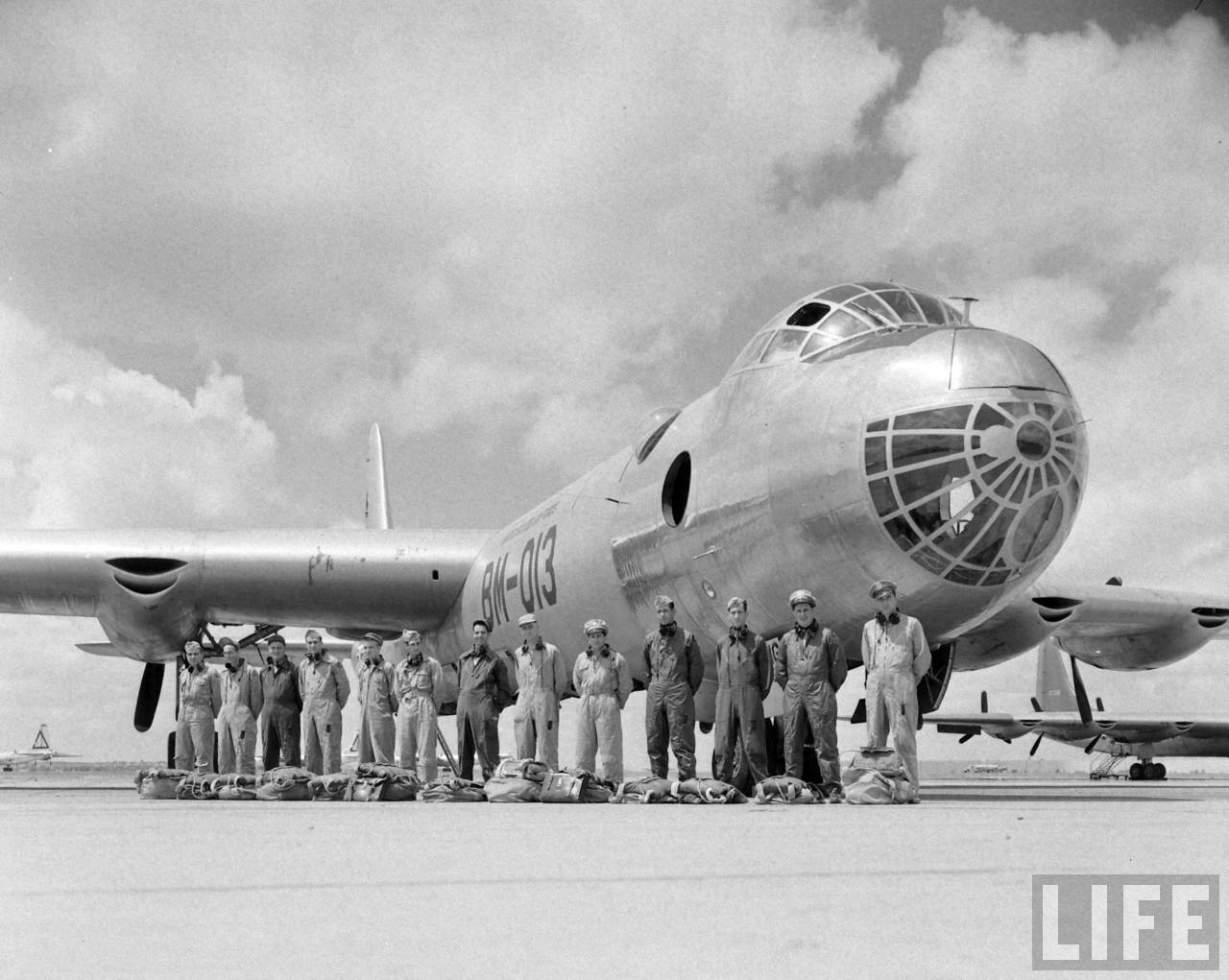
The B-36A was 162.1 feet (49.4 meters) long with a wingspan of 230.0 feet (70.1 meters) and overall height of 46.8 feet (14.3 meters). The wings had 2° dihedral, an angle of incidence of 3° and -2° twist. The wings’ leading edges were swept aft to 15° 5′. The airplane’s total wing area was 4,772 square feet (443.33 square meters). Its empty weight was 135,020 pounds (61,244 kilograms). The combat weight was 212,800 pounds (96,524 kilograms) and maximum takeoff weight (MTOW) was 310,380 pounds (140,786 kilograms).
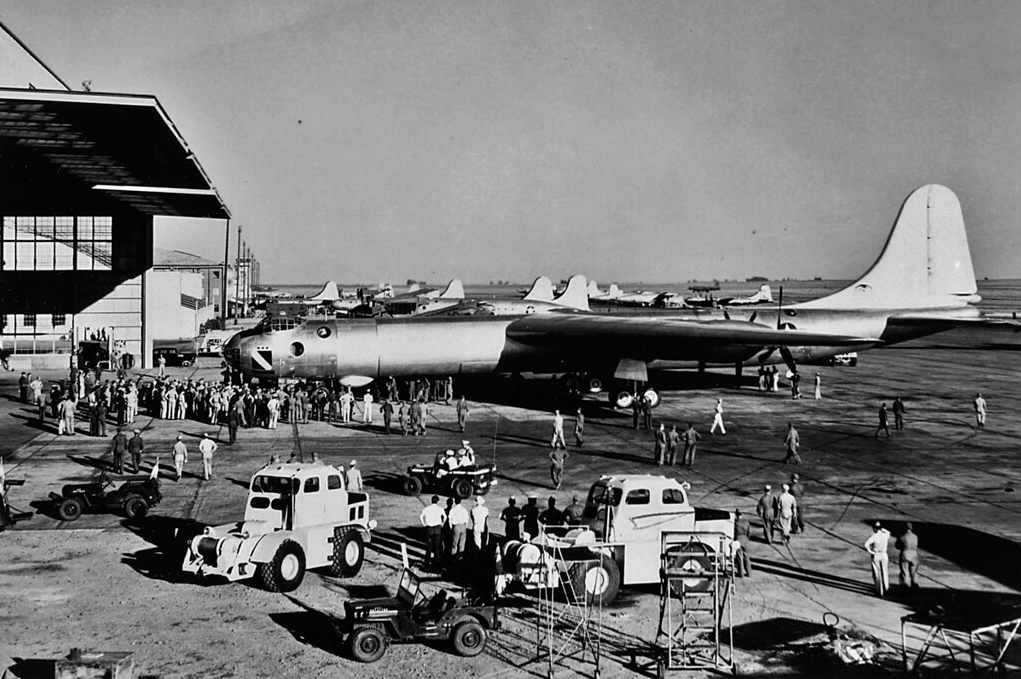
 The initial production version of the Peacemaker was powered by six air-cooled, supercharged, 4,362.5 cubic-inch-displacement (71.489 liter) Pratt & Whitney Wasp Major R-4360 Pusher (R-4360-25) four-row, 28-cylinder radial engines rated at 2,500 horsepower at 2,550 r.p.m. at 37,000 feet (11,278 meters), and 3,000 horsepower at 2,700 r.p.m. for takeoff. Each engine drove a 19-foot (5.791 meter) three-bladed propeller through a 0.381:1 gear reduction. The R-4360-25 was 9 feet, 1.75 inches (2.788 meters) long and 4 feet, 4.50 inches (1.334 meters) in diameter. It weighed 3,483 pounds (1,580 kilograms).
The initial production version of the Peacemaker was powered by six air-cooled, supercharged, 4,362.5 cubic-inch-displacement (71.489 liter) Pratt & Whitney Wasp Major R-4360 Pusher (R-4360-25) four-row, 28-cylinder radial engines rated at 2,500 horsepower at 2,550 r.p.m. at 37,000 feet (11,278 meters), and 3,000 horsepower at 2,700 r.p.m. for takeoff. Each engine drove a 19-foot (5.791 meter) three-bladed propeller through a 0.381:1 gear reduction. The R-4360-25 was 9 feet, 1.75 inches (2.788 meters) long and 4 feet, 4.50 inches (1.334 meters) in diameter. It weighed 3,483 pounds (1,580 kilograms).
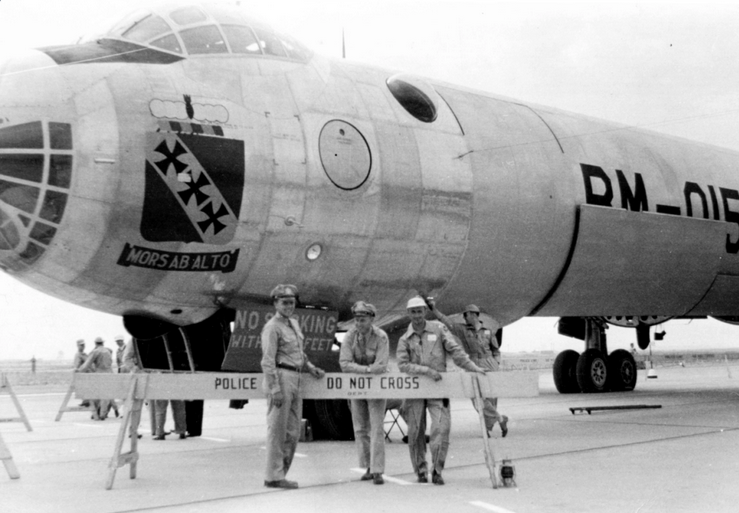
The six radial engines gave the bomber a maximum speed of 300 knots (345 miles per hour/556 kilometers per hour) at 31,600 feet (9,632 meters). It took 53 minutes for the giant airplane to climb to an altitude of 20,000 feet (6,396 meters). The service ceiling for the B-36A was 39,100 feet (11,918 meters), and combat ceiling was 35,800 feet (10,912 meters). The ferry range was 9,136 miles (14,702 kilometers).
The B-36As initially carried no defensive armament. The maximum bomb load was seventy-two 1,000 pound bombs (total, 72,000 pounds/32,659 kilograms) carried in four internal bomb bays. With a bomb load of 10,000 pounds (4,536 kilograms), the B-36A had a combat radius of 3,370 nautical miles (3,878 miles/6,241 kilometers).
Designed during World War II when nuclear weapons were unknown to aeronautical engineers, the bomber was designed to carry up to 86,000 pounds (39,009 kilograms) of conventional bombs. It could carry a single 43,600 pound (19,777 kilogram) T-12 Cloudmaker, a conventional explosive earth-penetrating bomb, or, later, several Mk.15 thermonuclear bombs. By combining the bomb bays, one Mk.17 15-megaton thermonuclear bomb could be carried.
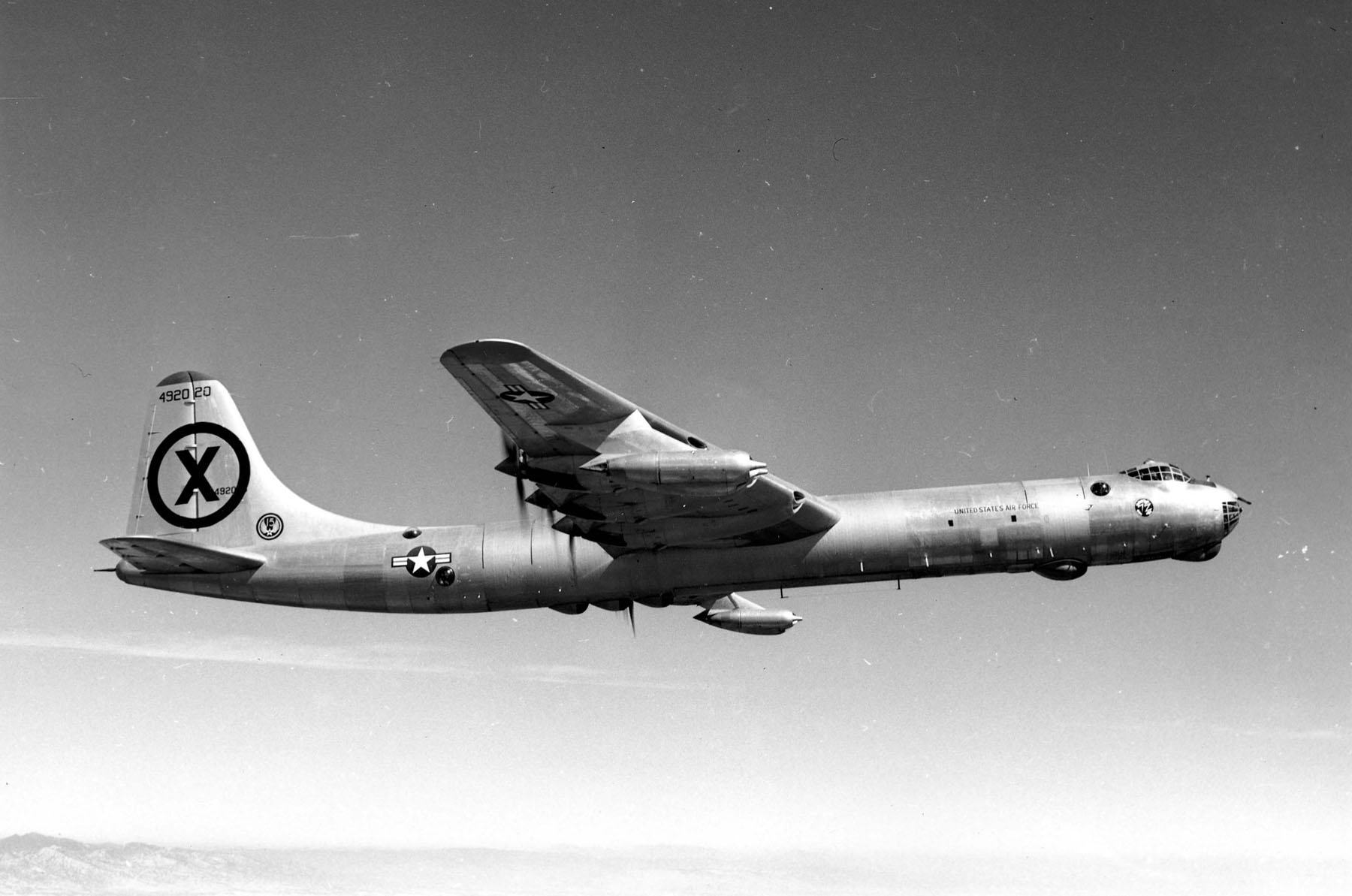
The RB-36E reconnaissance bomber carried a crew of 22. The radial engines were upgraded to R-4360-41s which increased takeoff horsepower with water injection to 3,500 at 2,700 r.p.m. at Sea Level. Four General Electric J47-GE-19 turbojet engines were added in two two-engine pods at the outer end of each wing. These changes significantly increased the airplane’s maximum speed and altitude capability and reduced the required takeoff distance by 25%. Fourteen reconnaissance cameras were installed. There were four additional radomes on the belly and numerous external antennas for electronic intelligence gathering.
The empty weight of the RB-36E increased to 164,238 pounds (74,497 kilograms) and the maximum takeoff weight to 370,000 pounds (167,829 kilograms).
The maximum speed of the RB-36E was 363 knots (418 miles per hour/672 miles per hour) at 38,200 feet (11,643 meters). Its service ceiling was 46,400 feet (14,143 meters).
The reconnaissance bomber carried eighty 188 pound (85.3 kilogram) T-56 photo flash bombs. Defensive armament consisted of sixteen M24A1 20 mm autocannon in five remotely-operated turrets. 9,200 rounds of ammunition were carried.
Between 1946 and 1954, 384 B-36 Peacemakers were built. They were never used in combat. Only five still exist.
The first Consolidated-Vultee B-36A, 44-92004, was flown to Wright Field, Dayton, Ohio, for structural testing. Redesignated YB-36A, it was tested to destruction.
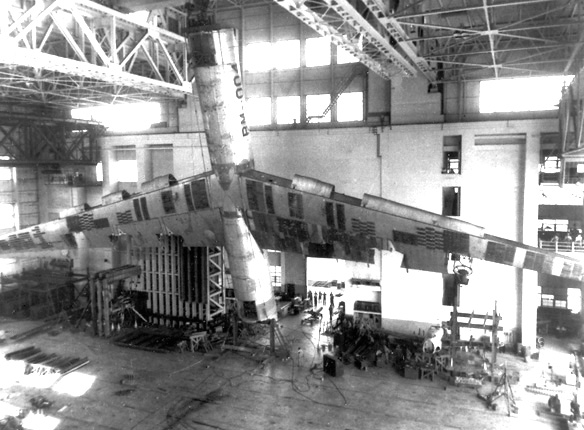
The name, “Peacemaker,” was suggested by a Convair employee. It is a reference to the Colt Model 1873 Single-Action Army® revolver, the classic “six-shooter” of the American frontier, which is also known as the Peacemaker®.
© 2018, Bryan R. Swopes
